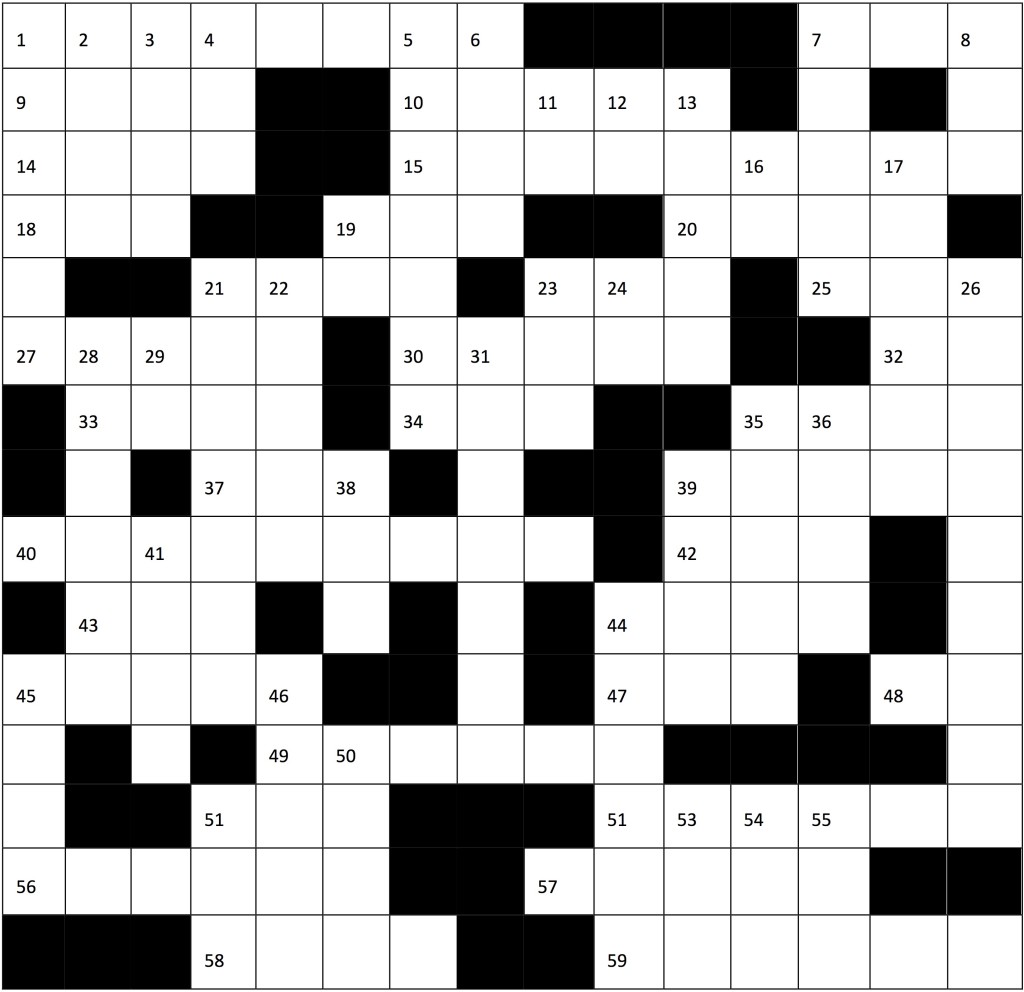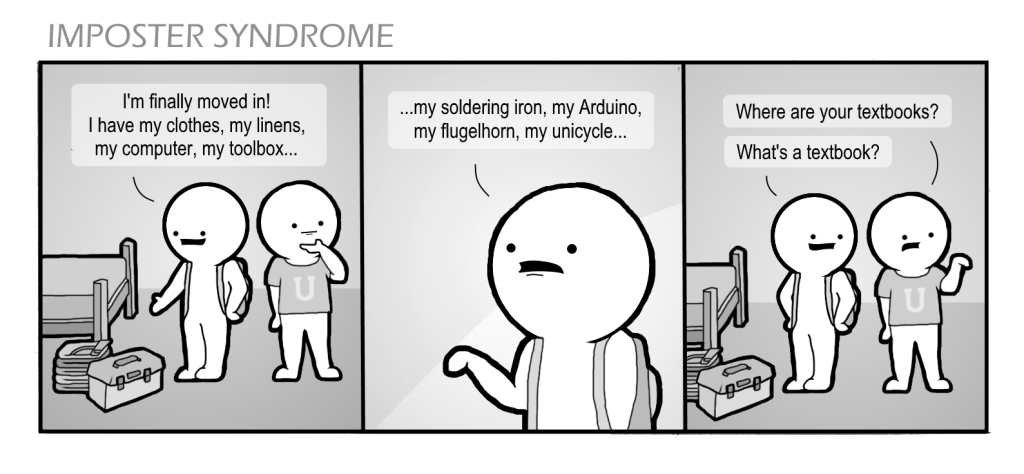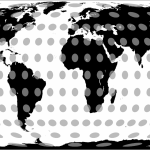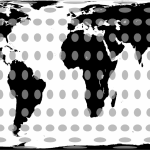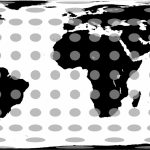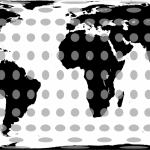The air on the tarmac was intensely hot and humid, made heavier by the sinking sun, but after three weeks I was used to the climate, barely sweating in long pants and a t-shirt. We loaded ourselves into the last shuttle, and as it rumbled slowly towards the airplane, I closed my eyes, savoring the last moments of my first experience of Ghana.
I’d never felt like such a foreigner in my life. Our team of eight from Olin and Babson consisted of the only light-skinned people around. For the first time ever I was the extreme racial minority, a humbling, indispensable experience for those who are used to being the majority. Everyone who saw us, on the street, in our hotel, at markets, at work, would stare, smile, and shout in a friendly tone, “Obroni!” the Akan word for foreigner. Ghanaians are extremely friendly and welcoming to foreigners. Many times a day I was asked my name, shaken hands with (bonus surprised smile if you knew the Ghanaian handshake), and jokingly teased by total strangers.
We weren’t exactly the only light-skinned people around. Billboards and storefront advertisements were full of white and light-skinned black people. Mannequins showing off Ghanaian clothing and busts wearing straight black wigs looked anything but African. Ben Linder, our trip leader, told me about the skin whitening creams sold at many Ghanaian drug stores. I can’t make any judgments or conclusions here based on these few observations, but I am compelled by them to do some serious thinking and research.
But what was I doing in Ghana, anyway? My team and I were working in Kumasi, Ghana, for QueenTech, a social venture that began in (and is still part of) Affordable Design and Entrepreneurship (ADE), a senior capstone and design depth course at Olin. QueenTech collaboratively designs and builds small, low-tech cassava processing machines for women entrepreneurs in Ghana (maybe other places in the future too!). I’ll tell you more about our work shortly, but it will really help to have a few contextual tidbits for you to chew on. Ghana is such a different place and culture than ours that to try and convey even my shallow and incomplete notion of the place in anything more than a list would require a novel, but even incomplete, bulleted context is better than none, so here you go.
Money: Ostensibly, $1 ≈ 4GHS (Ghanaian Cedi). However, costs can differ by orders of magnitude depending on where (and who) you are. You can buy the same meal for 40GHS ($10) at a restaurant in the Accra airport or 1GHS (25¢) at a chop bar (“chop” means “to eat” in pidgin English) in a village. As an obroni, you have to be wary of being charged an “obroni price,” a very real and arguably fair (because we are rich) phenomenon.
Aesthetics: Everything looks unique, hand-made, and full of vibrant colors and patterns. This was pretty refreshing and eye-opening coming from a place obsessed with matchy-matchy everything. If I thought the Olin campus looked sterile before…
Food: It appears to my naive self that the most common hot meals in Ghana consist of a large amount of starch and a small a portion of meat served with a sauce or soup. You eat with your hands, using pieces of the starchy food as a sort of utensil for the sauce. The starch is a form of either plantain, yam, rice, or cassava (a large, white, starchy tuber known as yucca in South America). The meat is either chicken (often slaughtered locally that very day–there are chickens everywhere), fish (bought covered in flies at the market), or goat (also everywhere, and only used for meat–the idea of drinking goats milk to Ghanaians is like drinking pigs milk to us). Hardboiled eggs, the vegetarian substitute for the piece of meat, are boiled for about thirty minutes and have a pale grey yolk. If you are a strict vegetarian, tough luck, as most of the soups and sauces come with small pieces of fish flaked into them no matter what you say or ask for. If you want a snack, there’s fresh fruit, plantain chips, and twenty different kinds of savory and sweet fried dough carried around on top of women’s heads everywhere you look.
Religion: I know little of the intricacies of religion in Ghana, but it is of so much importance to Ghanaian culture that it deserves some mentioning. Most Ghanaians are Christian. Many shop names consist of Christian sayings and blessings such as “God’s Glory Bakery” or “Jesus Saves Chainsaws,” and I’ve seen paintings of a bloody Christ overlaid with local food advertisements. Taxis and tro tros (minibuses) often have a blessing painted across the rear windshield. However, a few Ghanaians still practice their ancient traditional religion, Akom. Christianity and Akom practices are sometimes synthesized and coexist in interesting ways. For example, village chiefs, who are their community’s leader, represent the traditional Akom religion, although the community members are usually all Christian.
Funerals: Funerals are a big deal in Ghana. Invitations to large funerals are actually advertised on billboards with the age of the person, a portrait, a date, and a Christian blessing. Funerals are often very big, and people wear black and red. Sometimes, for reasons I don’t know, the hosts will hire professional mourners to attend. I remember seeing several funeral processions in Ghana where an ambulance, siren blaring, was used as the hearse.
Toilets: I used six different kinds of toilets in Ghana! There were US-style toilets, bidets, nice ceramic squatting toilets, squatting pit-toilets, elevated squatting pit-toilets, rooms with a hole in the wall, rooms with a hole in the floor, rooms with a channel along the wall and then a hole in the corner. My personal favorite is the nice ceramic squatting toilets, as squatting is much better for your health, and you don’t touch anything with your naked bum. I really wish we had those in the U.S.
Cars: Drivers in Ghana are pros, by a certain definition of pro. When you’re in a taxi or a tro tro, you see a hundred near-accidents around you per minute, and none of them actually happen. It’s like each vehicle is an extension of the driver’s body, and everyone is jostling and pushing against each other to get where they’re trying to go, but no one gets hurt. The only traffic rule that really works is stoplights. Honking is constantly used to communicate your presence and intentions to those around you. You rarely see a new-looking or sparsely occupied vehicle. Ancient, battered tro tros and taxis dominate the streets, most of them full to the brim with people and baggage. Most vehicles are European or Korean, all are diesel, and a Ghanaian acquaintance told me many are rejects from countries with smog control.
Pollution: In the cities we visited there was trash everywhere. There is no organized public waste system, so everyone collects their trash into piles and just burns it, any time of day, right there on the street with people all around to breathe it in. There is no smog control for vehicles either, and most vehicles produce very thick, stinky exhaust that is often dark grey or black. I sometimes wore a handkerchief over my mouth and nose while we were driving because the fumes made me nauseous.
Alright, back to QueenTech. We had ambitious plans for the trip: beginning the process of incorporating in Ghana, introducing a new machine design along with new tooling to build it, repairing four machines in four villages, building a relationship with Womentum (a non-profit that supports women entrepreneurs), beginning a rental agreement for a new workspace, holding a TIG welding workshop for our fabricators, creating and implementing new fabrication workflows, and a million other tasks of varying size and importance. We had eleven days.
Each day I would wake up at 6:45 a.m., throw on dirty work clothes and boots, knock on the doors of those who weren’t up yet (I was the Project Manager for the trip), and head to a breakfast of scrambled eggs and toast with Lipton tea or instant coffee with evaporated milk. Around 7:40 we’d all cram into the tro tro for a hot, bumpy forty-five minute ride to Intermediate Technology Transfer Unit (our partners, headquarters, and fabrication shop). On the first day we arrived at ITTU, there was a lot of smiling and shaking hands. Most of us were meeting the people who build our machines for the first time, and we were all very excited. For Ben Linder and Michael Resnick (our other trip leader), this was a reunion full of big hugs and loud greetings. We got to work immediately, some of us heading into meetings or doing computer work in our workroom, others in the machine shop.
We accomplished a lot of things in those eleven days, each day packed with surprises and novel experiences. We would work our butts off from 8:30 to 5, sometimes later, then bump and honk our way back to the guest house for a cold shower, an interesting dinner of not-quite-at-all-what-we-ordered, and two to three more hours of work in a lounge with one light bulb and a ceiling fan that violently threatened to tear itself apart with every revolution. Thoroughly exhausted and satisfied in the way only hard work can bring about, we would all drag ourselves off to bed somewhere between 9 and 10.
In ADE, we don’t just travel to work in our little niche and ignore the rest. We travel to have the mind-opening, humbling, incredible experience of living in a culture and place that is not our own. One particularly memorable experience was a tour of Cape Coast Castle. When our work at ITTU was done, we packed up our gear and drove six hours to Cape Coast Castle, one of the many slave castles built and ruled by European occupiers. We learned that during the triangular trade of slaves and raw and manufactured goods between West Africa, the Americas, and Europe, Cape Coast Castle held thousands of slaves for up to six weeks in pitch-black dungeons directly underneath the castle’s Christian church. The slaves remained shackled at all times, and food was thrown in on them from above. Discoloration two feet high on the walls indicated the level of human feces when the dungeons were excavated in 1920. The governor of the castle would select young women slaves to rape, and if they were “lucky” enough to get pregnant and give birth, they were set free. There’s a pitch-black tunnel that led the slaves from the dungeons to the waiting ships, so they never saw the light of their homeland until being loaded onto the ships through “the door of no return.” Sharks learned to follow the ships, as many dead and living slaves were cast overboard to lighten them. A moment of confusion and shock for me was seeing the room connecting the dungeon to the tunnel, where apparently there had been a great rock shrine where Ghanaians came to worship their traditional God of fertility before the castle was built. Here we stood, in what had been an ancient holy site of worship that was destroyed and turned into a channel for dehumanized people to drag themselves through, for the cruel white men with their own church built right on top of it. I could scarcely believe the hypocrisy and irony of it all.
Now I’m home in Berkeley, California, sitting at the kitchen table, typing this article. I admit it’s really lovely to be back. But since coming home I’ve been appalled even more than usual by the luxuries that my friends, my family, and I take for granted I’ve actually been quite ill since returning from Ghana, and although I knew taking a hot bath would help me feel better, it took a couple days to convince myself it was ok to use the water and energy to do so. A friend of mine just bought a dress for a price that could feed some families for a year. How can I feel comfortable with things like that? I can’t.
More and more I see my future lies in both comforting the afflicted, and afflicting the comfortable. I want to stress that both are crucial to a just and sustainable world. While efforts to improve the wellbeing of the majority are widely accepted and supported, efforts to say, “Hey, why do all the rich people feel like it’s okay to endlessly consume and plunder this planet we all share?” are largely restricted to vague political discussions and failed mini-revolutions. And by “rich people” I don’t just mean the richest one percent in the US. I mean the richest one percent in the world, which are mostly people like you and me. Olin College’s average starting salary is in the world’s top 0.5 percent, and even the U.S. poverty line makes the richest twenty percent. I ask you to consider your life, look deep within and ask yourself if you are doing everything you can to minimize your own impact and help those with none. I know I’m not, but I’m working at it every day. It’s hard, fun, satisfying, and possible, and it can start as soon as you are willing.
